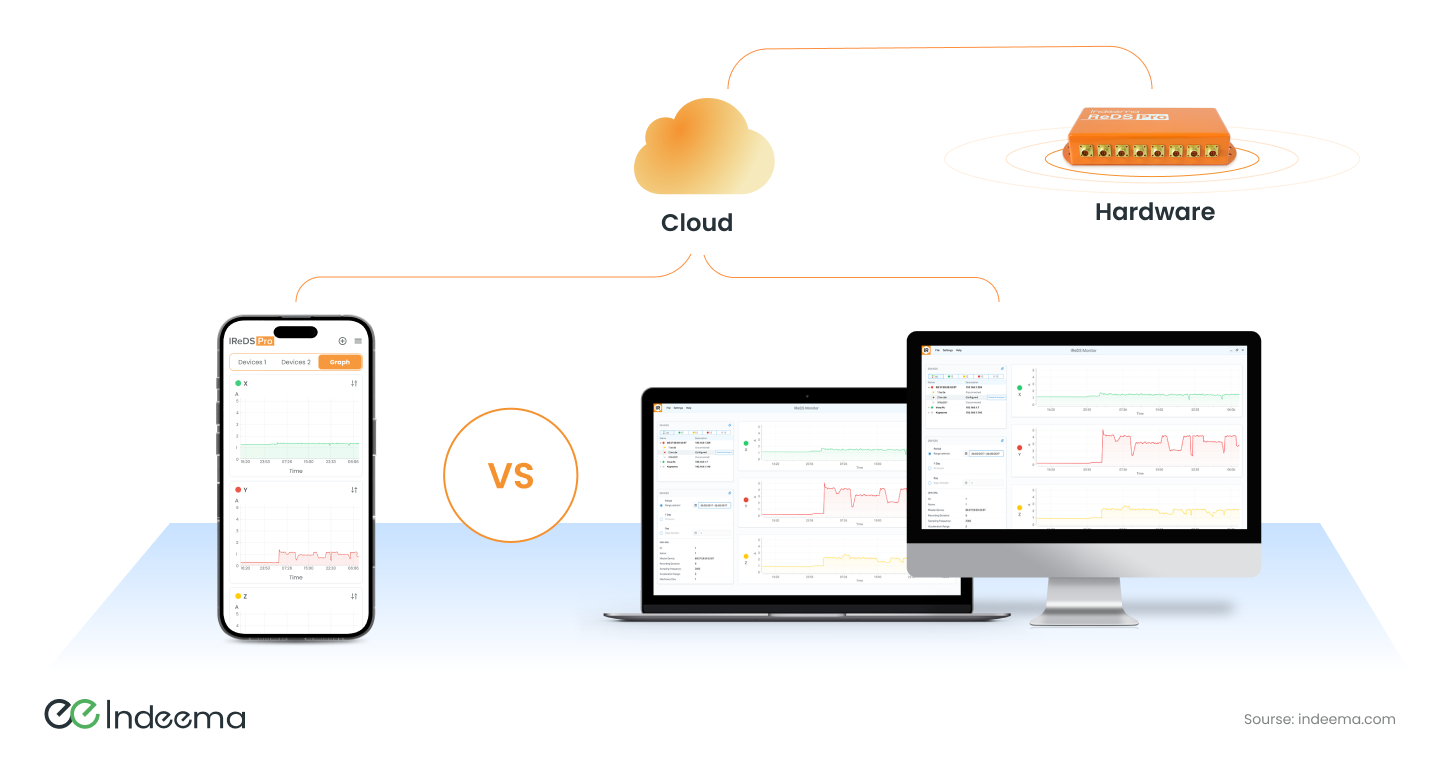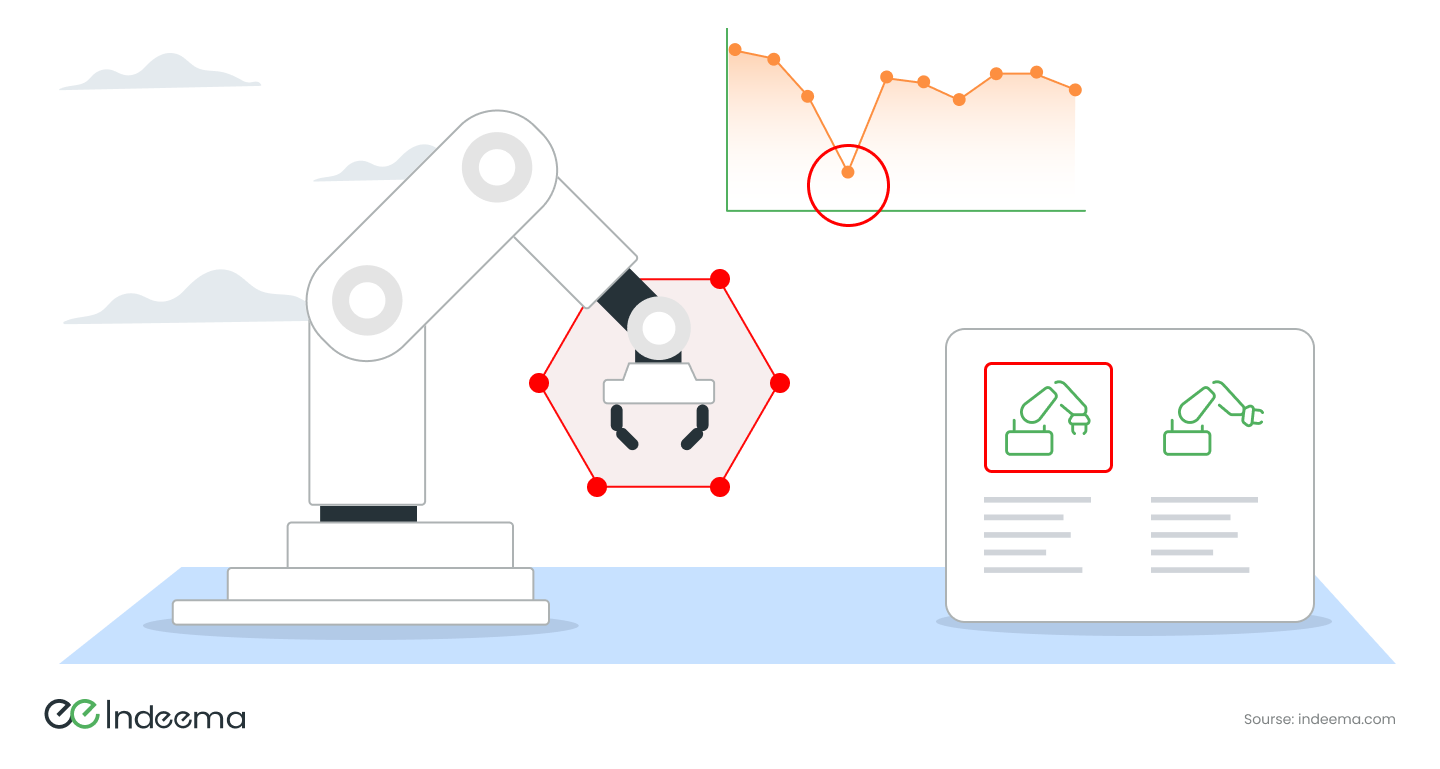Introduction
⚈ The first mobile device was introduced to the market in 1983, and since then, the industry has seen unprecedented growth and innovation.
⚈ In the early 1990s, manufacturers like Nokia and Sony began launching their own mobile devices, marking the beginning of a new era in mobile technology.
⚈ By 2007, the number of mobile device subscriptions worldwide had reached nearly 3.4 billion, representing roughly 50% of the global population.
⚈ Fast forward to 2021, and there are now approximately 8.6 billion mobile device subscriptions worldwide - more than the total human population of the planet, according to a World Economic Forum study.
The significance of being connected has never been greater in today's world. Our devices and "Things" are equally inclined to remain connected, not just people.
The Internet of Things (IoT) has revolutionized the way we interact with the world around us, enabling us to connect and communicate with everything from our cars and appliances to our wearable technology. Did you know how much IoT App Development costs?
However, with so many connected devices, we need a way to manage and control them all. This is where custom IoT apps come in. By creating customized IoT applications, we can streamline the management of all our devices and objects, ensuring that they work together seamlessly to enhance our daily lives.
But it's not just about convenience - IoT in mobile app development also has the potential to transform industries and drive innovation. From healthcare and transportation to manufacturing and agriculture, the possibilities for IoT are endless.
So why wait? Let's explore the benefits of IoT mobile app development and see how it can transform the way we live, work, and connect with the world around us. But first, let's distinguish between an IoT app and a conventional app.
1. What Role Does IoT Play in Mobile App Development?
The Internet of Things (IoT) has had a significant impact of iot on mobile app development. IoT refers to the IoT network of physical objects or "things" embedded with sensors, software, and other technologies to connect and exchange data with other devices and systems over the internet. Here are some key ways in which IoT has influenced mobile app development:
Increased Demand for IoT-Enabled Apps: With the proliferation of IoT devices such as smart thermostats, wearables, connected appliances, and more, there is a growing demand for mobile apps that can interact with and control these devices. Mobile app developers need to create applications that can seamlessly connect and communicate with various IoT devices.
Integration of Sensors and Data: IoT devices are equipped with various sensors that collect data such as temperature, humidity, location, and more. Mobile apps can access and utilize this data to provide users with valuable insights and functionality. App creators need to be proficient in integrating sensor data into their apps.
IoT devices may be subject to security risks, thus mobile apps that communicate with them must put security first. To safeguard user data and the entire IoT ecosystem against potential breaches and assaults, IoT app developers must put in place strong security measures.
Interoperability: The Internet of Things (IoT) consists of a diverse variety of products from many manufacturers that use various communication protocols. By supporting several protocols and standards, mobile app developers can guarantee that their applications will function with a variety of IoT devices without any issues.
User Experience: IoT-enabled apps should provide a simple and straightforward user interface. This includes creating user interfaces that allow users to control and monitor their IoT devices, receive warnings, and examine data in an intuitive manner.
Real-time data processing and analysis are required for many IoT applications. To deliver prompt responses and insights to consumers, mobile app developers must include functionality for managing and processing data quickly.
Integration with the Cloud: IoT data is frequently saved and processed in the cloud. For data storage, processing, and analysis, mobile apps must interact with cloud services. Cloud technologies and APIs should be familiar to developers.
Scalability: Because IoT ecosystems can expand quickly, mobile apps must be scalable to support an increasing number of connected devices and users. Apps should be designed to handle growing traffic and data volume.
Battery Efficiency: Because IoT devices are frequently powered by batteries, mobile apps that communicate with them must be energy-efficient. App developers should optimize their apps to consume less battery power while preserving functionality.
Data Privacy: Mobile apps that gather and transmit data from IoT devices must follow rigorous data privacy standards and seek user authorization before collecting and sharing data.
2. Internet of Things (IoT) App VS Conventional App
IoT applications are different from conventional applications in several ways:
2.1 Hardware integration
IoT applications typically require integration with physical devices and sensors, which communicate data to the application. This requires a different set of skills and technologies than regular applications, which only require software development and software compatibility IoT applications.


2.2 Real-time data processing
For IoT applications, the ability to process and analyze data in real-time is often critical. This is because the data generated by sensors and devices can be time-sensitive and require immediate action. Regular applications, on the other hand, typically do not require real-time data processing.
2.3 Scalability
IoT applications need to be designed to handle large volumes of data generated by multiple devices. This requires a different approach to application architecture and database design than regular applications.
2.4 Security
IoT applications must be designed with security in mind, as they often deal with sensitive data and can be vulnerable to cyber attacks. This requires a different set of security measures than regular applications.
2.5 User interface
IoT applications often have unique user interface requirements, as they may need to display data from multiple sources and allow for device control. This requires a different approach to user interface design than regular applications.
Overall, building an IoT application requires a unique set of skills and expertise that differs from those required for regular applications. It is important to keep these differences in mind when building mobile apps to ensure its success and effectiveness.
3. Mobile IoT App Or Web IoT App: What Is The Difference?
When it comes to building a consumer IoT solution, it is important to understand the differences between developing a mobile IoT app and a web IoT app, as each type of application has unique benefits and limitations.
A custom mobile app is designed to be installed on a mobile device and typically has access to the device's hardware, such as the camera, microphone, and GPS. Mobile apps are downloaded from an app store and run natively on the device, providing a faster and more responsive user experience. Mobile apps are also designed to work offline, allowing users to continue using the app even when they are not connected to the internet. The development process for a mobile app integration typically involves IoT platform-specific coding languages and frameworks, such as Java for Android or Swift for iOS, and the use of specialized integrated development environments (IDEs).

On the other hand, a web app is accessed through a web browser and runs on a remote server. Web apps are designed to be platform-independent, allowing them to be accessed from any device with an internet connection. Web apps can also be updated more easily than mobile apps, as updates can be made on the server and immediately available to all users. However, web apps require an internet connection to function, and may not have access to all of the device's hardware capabilities. The development process for a web app typically involves a combination of front-end technologies such as HTML, CSS, and JavaScript, and back-end technologies such as Ruby on Rails, Node.js, or Python.
When it comes to developing a custom IoT solution, the choice between a mobile app and a web app depends on the specific requirements of the project. For example, if the IoT solution requires access to the device's hardware, such as sensors or cameras, a mobile app may be the best option. On the other hand, if the IoT solution needs to be accessible from a variety of wearable devices, a web app may be a better choice.
4. 5 Real Benefits of IoT Mobile App Development
There are many articles available that explain the advantages of IoT mobile app development. These apps are known to increase efficiency, improve customer experience, provide process data analytics, cost savings, and so on. However, in this article, we aim to share with you 5 actual benefits that our clients have experienced by partnering with Indeema to create custom IoT mobile applications.
4.1 Become a Key Player in the Field
Innovations come to life through custom IoT mobile app development. The creators or companies pave the way in this digital world and end up being key players in their field. For example, Solar Manager’s custom IoT mobile app development process has been a major factor in the company's success and has helped the company become a leader in the Western European smart energy industry.
4.2 Meet The Ever-Increasing Demands Of End Users
IoT mobile apps can provide personalized services and recommendations to customers based on their behavior and preferences. For example, one of our retail clients uses IoT-enabled beacons to send personalized offers and promotions to customers based on their location within a store. This not only improves the customer experience but can also increase sales and customer loyalty.
4.3 Reduce The Need For Manual Labor
By automating processes using IoT technology, businesses can improve their efficiency. For example, our most recent client from Denmark has achieved success in the agriculture sector. The company implemented IoT sensors to monitor soil moisture levels, temperature, and humidity in their greenhouse. This data is then analyzed and used to automate the watering process, ensuring that each plant receives the right amount of water. By automating this process, the client was able to reduce the need for manual labor, allowing them to allocate resources to other areas of their business.
4.4 Real-time Data Is the New Gold
Real-time monitoring is another key benefit of IoT mobile app development industry. A Custom IoT mobile app developed for another our client in the transportation sector allows for real-time inventory tracking. This can prevent stockouts and reduce the risk of downtime caused by inventory shortages.

4.5 Reduce Downtime - Save Money
Custom IoT mobile apps can be created to remotely monitor critical systems and devices. iReDS, for example, remotely monitors machinery to prevent downtime and determine the cause and location of faults. This can save time and money by reducing the need for on-site personnel to monitor equipment.
Conclusion
As we continue to rely on technology for our daily lives, IoT mobile hybrid apps will play an increasingly important role in shaping the way we live, work, and interact with the world around us. Whether we're tracking our health and fitness, monitoring our home security, or optimizing our business processes operations, IoT based apps offer a level of convenience, efficiency, and control that was once unimaginable.
It is therefore crucial that we embrace and invest in this technology, not only for its immediate benefits but also for its potential to transform the way we live and work in the future. By embracing IoT mobile apps, we can unlock a world of possibilities and pave the way for a more connected, efficient, and sustainable world.


